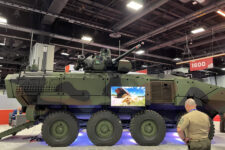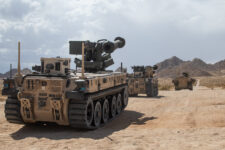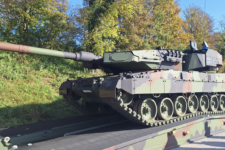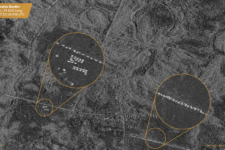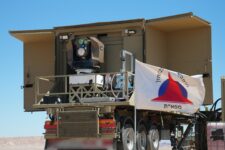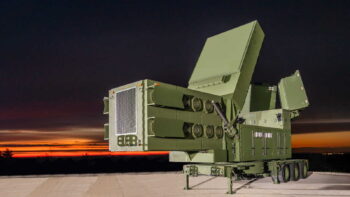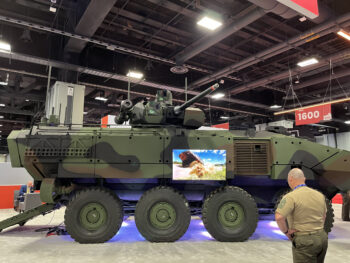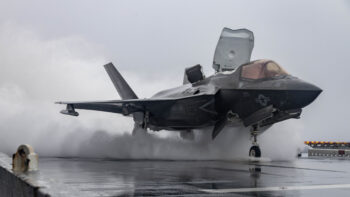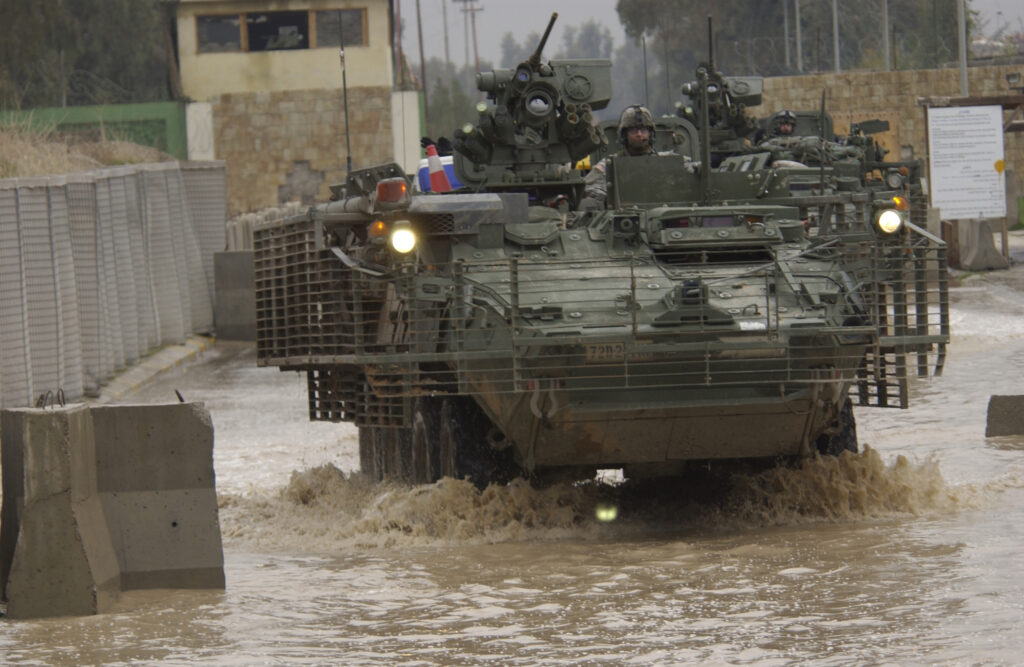
General Dynamics says the Army’s AMPV (Armored Multi-Purpose Vehicle) competition is stacked against its 8×8 Stryker.
WASHINGTON: General Dynamics has pulled back from the long-shot path of formal protests over the Armored Multi-Purpose Vehicle (AMPV), but its quieter campaigns on Capitol Hill and in the Pentagon will continue — and those efforts may have better odds.
At stake is the Army’s largest weapons program to survive sequestration (so far), its $6 billion replacement for its almost 3,000 geriatric M113s. General Dynamics Land Systems insists that the Army has set up the competition to favor rival tank-builder BAE Systems and that it will not even compete for AMPV — which would probably leave a single bidder — unless the Army changes the rules.
So GD took the unusual step of filing a formal protest with the Army before submitting a proposal. (General Dynamics spokesman Peter Keating said he’d never heard of GD doing such a thing before; companies usually don’t protest a contract until they lose the bid). Army Materiel Command — unsurprisingly — rejected the protest. Last night, in a two-sentence statement, the company officially said it wouldn’t take the next step of protesting to the independent Government Accountability Office — but…..:
“We will continue to discuss the AMPV program with the U.S. Department of Defense and the Congress. We do not believe a GAO protest is the right forum for this issue and we will not file one.”
That surprised me, because I’d expected General Dynamics to go to GAO. What did they have to lose? But one of Washington’s most well-informed defense insiders, consultant and thinktanker Loren Thompson, explained why an appeal to GAO could have undermined General Dynamics’ efforts on the all-important congressional front:
“If something is tied up in review at GAO, then there’s less likely to be action by congressional committees, because they don’t want to predispose the outcome of the protests,” Thompson told me. “I would interpret this decision as indicating GD thinks its prospects are better on Capitol Hill,” where its strategy would not be to annul the competition but to make the Army buy a mix of BAE Bradley and GDLS Stryker vehicles.
“I should mention I’m a consultant to both companies, which is not the most comfortable position to be in at the moment,” Thompson chuckled, emphatically declining to pick a side.
What he would say: “Both of these companies are fielding seasoned lobbyists who understand the Hill far better than your typical player does,” Thompson told me. “[But] if I were the Army… I would notice the fact that GD has a long track record of getting Congress to do things the Army has not required.”
Thompson was referring to the government-owned but General Dynamics-operated tank plant in Lima, Ohio. Congress has repeatedly added money to keep buying more M1 Abrams tanks than the Army has requested rather than let Lima shut down even temporarily, as had been the Army’s plan.
But getting Congress to add money to an existing program is a lot easier than convincing legislators to take sides between companies and to intervene in an ongoing competition. Nor is General Dynamics without fierce detractors on Capitol Hill.
“It might be dawning one someone at some level of GD that continuing to hammer their No. 1 customer, the Army, in public and ask their friends in Congress to do something totally unjustified might not be worth the effort,” said one congressional source when I asked about the decision not to go to GAO. “We’ll see.”
Congress is hardly General Dynamics’ only avenue of attack. Its statement emphasizes the company is still talking with the Defense Department. Indeed, GD is still talking with the Army. What’s more, Army Materiel Command, the agency that publicly rejected GD’s protest, just yesterday posted additional technical information on its contracting website for the program and offered still more upon request, data that General Dynamics has said it needs for any successful bid.
General Dynamics’ argument is that the AMPV requirements effectively rule out their 8×8 Stryker because no wheeled vehicle can do 100 percent of what the Army wants and thus favor some variant of BAE’s tracked M2 Bradley. The Army has offered both competitors Bradleys for them to convert to AMPVs if they desire, but BAE has much more experience modifying its own product than does General Dynamics. That’s another thing GD says is deal-breakingly unfair unless the Army gives them much more technical data on the Bradley — which it just did.
Some words of caution. It’s too early for GD to have assessed whether what it needs is actually in the new data.
GD still has some options. Proposals are due to the Army on May 28th, a month before either the Senate Armed Services Committee or the House Armed Services Committee mark up the relevant section of the defense policy bill. (A HASC spokesman politely declined to comment). Even then, favorable mark-up language would take months and multiple votes to make its way into law.
But specific legislative action may not needed. If the Army sees political problems coming for AMPV, after it’s already had to give higher-priority armored vehicle and scout helicopter programs, it may decide it can’t risk a fight on Capitol Hill. While the service is hardly going to change the terms of the competition between now and the 28th, it may give General Dynamics at least some of what it wants.
Crew safety for units under armor: Accurate sensors are the key
Ground platform situational awareness is critical as vehicle crew survivability depends upon it.
